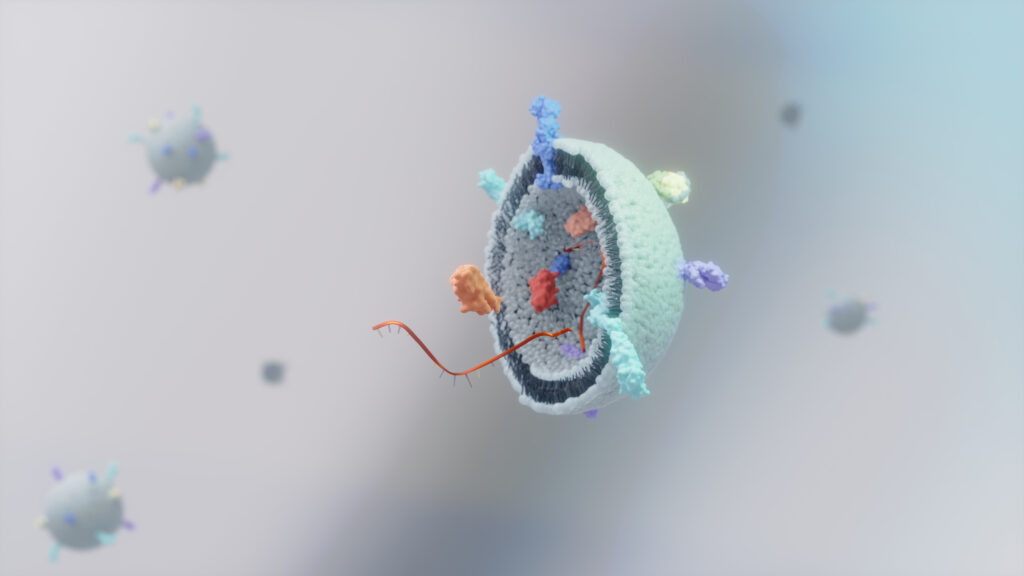Electroacupuncture (EA) is an innovative treatment method rooted in Traditional Chinese Medicine (TCM) that integrates acupuncture with microcurrents, closely resembling the body’s own bioelectric signals. This unique approach aims to both prevent and treat various diseases, and recent studies have highlighted its promising antidepressant-like effects, particularly in chronic unpredictable mild stress (CUMS)-induced ovariectomy (OVX) rat models.
In a recent study conducted by Qin Lyu, Liu-Qing Shi, Hai-Yang Chen, Mei Lu, Xi-Cai Liang, Xian-De Ma, Xin Zhou, and Lu Ren, researchers explored the potential of EA in conjunction with neural stem cell-derived exosomes (NSCs-Exo) to address perimenopausal depressive disorder (PDD). The study established a rat model for PDD using a two-step protocol involving CUMS and OVX. The results were compelling, showing that the combination treatment of EA and NSCs-Exo (referred to as EA-Exo) significantly alleviated depression-like behaviors in the tested rats.
The effectiveness of the EA-Exo treatment was assessed through various behavioral tests. The Sucrose Preference Test (SPT) revealed an increase in sucrose intake, indicating improved mood and motivation. Additionally, the Forced Swimming Test (FST) demonstrated reduced immobility, suggesting a decrease in depressive symptoms. The Out-of-Field Test (OFT) further supported these findings, as the treated rats exhibited prolonged activity levels.
At the biochemical level, EA-Exo treatment resulted in increased serum levels of 5-hydroxytryptamine (5-HT), a crucial neurotransmitter often associated with mood regulation, while simultaneously reducing immobility in the FST. The study also observed improvements in energy metabolism, inflammation, and oxidative stress responses. Notably, there were enhancements in serum levels of dopamine (DA), ATP, superoxide dismutase (SOD), and interleukin-10 (IL-10), alongside reductions in cyclic AMP (cAMP), interleukin-6 (IL-6), reactive oxygen species (ROS), and malondialdehyde (MDA).
Moreover, the treatment with EA-Exo reversed structural and functional impairments in hippocampal synapses and mitochondria. Changes were evidenced by decreases in the expression of synaptic plasticity proteins such as PSD95, SYN, and GAP43, as well as a reduction in energy metabolism pathway proteins, including AMPK, NRF1, PGC1α, and TFAM.
These findings suggest that the synergistic effects of EA and NSCs-Exo play a significant role in ameliorating depressive behaviors in OVX-CUMS rats. The study posits that this combined treatment may enhance synaptic plasticity and activate the AMPK/NRF1/PGC1α/TFAM signaling pathway, which is critical for maintaining neuronal health and function.
In conclusion, the research led by Lyu and colleagues underscores the potential of electroacupuncture combined with neural stem cell-derived exosomes as an effective therapeutic strategy for managing perimenopausal depressive disorder. By targeting the underlying mechanisms of depression and promoting neuroprotection and regeneration, EA-Exo may pave the way for new interventions in mental health care, particularly for individuals experiencing hormonal changes associated with menopause.


